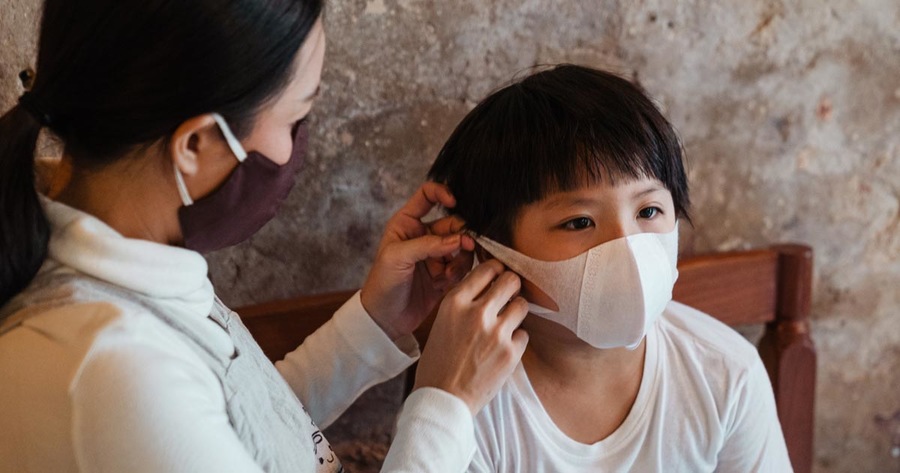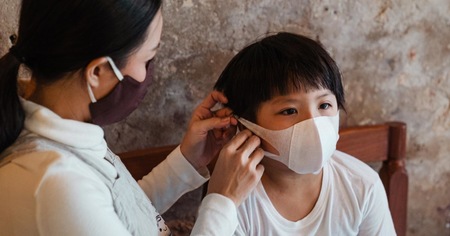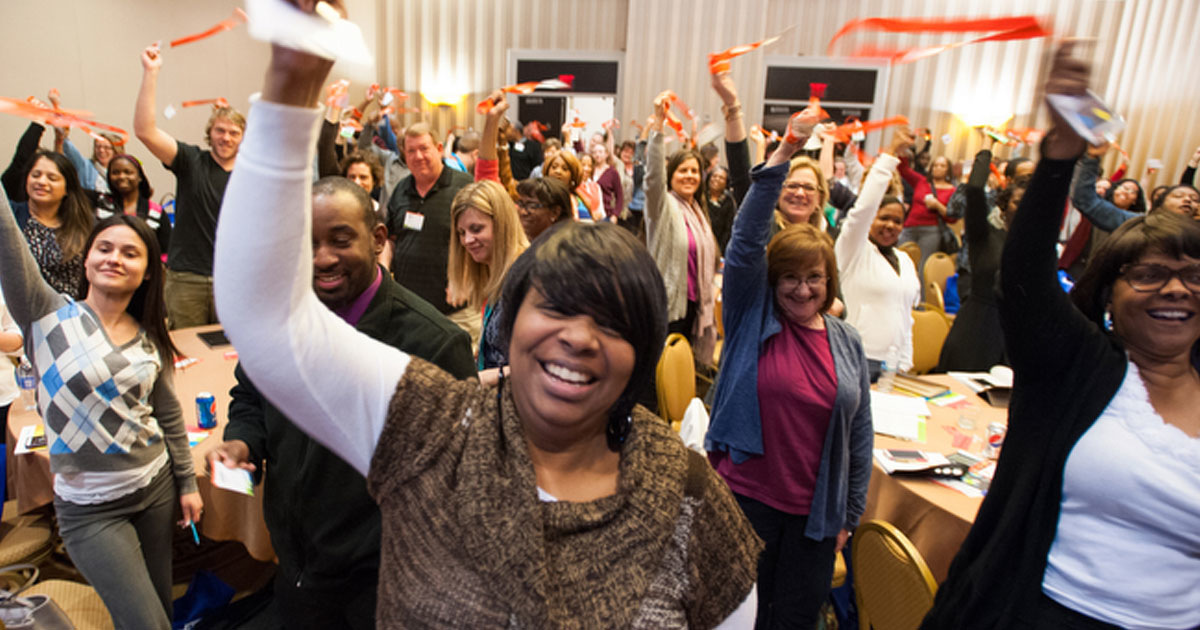Back in March, Kids' Country—founded by parents and serving 2,000 children in 15 elementary school-based sites across California's San Francisco Bay Area and Central Valley—closed down completely for the first time in 35 years.
"That was a scary time, and dealing with uncertainty and ambiguity is somewhat hard, but that's where I've found that creativity rises," said Tancioco. "Through that time, we kept our staff, we communicated with parents, there were weekly newsletters going out to keep lines of communication open."
Tancioco says the biggest factor for finding solutions was that she knew she couldn't do this work alone.
"One of the greatest things that has happened in this whole pandemic—especially for the childcare world for us here in the East Bay—is that one of our close colleagues, EDCC, connected with me and banded us all together. We now have this East Bay childcare provider group, and we check in frequently and we relied on each other and shared information."
Tancioco has connected and continues to meet virtually with her fellow colleagues and leadership group—the site directors who manage Kids' Country individual sites—to share information and resources, gathered in a large Excel sheet.
"We divided up to create workgroups to tackle different issues," said Tancioco. "We basically split up into six or seven groups and tried to find the answers. If there were gaps, we'd regroup to try and figure out who we could reach out to for answers."
Gina Warner, President & CEO, NAA, said that though people want answers, there are just some things we don't have the answers to yet.
"Anticipating what the questions are going to be and the 'what if' questions are all the things we have to play out right now," said Warner, stressing the importance of information sharing. "I want to encourage people to reach out, and how important it is for your own mental health, self-care and information."
Tancioco says Kids' Country started to compile information and cross-reference it with information they already had, including state guidelines for child care, alignment with school district and community partners, asking who they could learn from that was providing essential care, assessing policies and procedures, training for staff, and personal protective equipment (PPE) availability.
"Keeping in connection with the school district was also important. I think I was probably on calls or emailing with my contact from the school district, at least weekly," said Tancioco. "A lot of my conversations were 'What is your expectation in terms of childcare?' Initially, when we closed, there was so much uncertainty. I think it was right that we closed all of our doors down—we focused on alignment."
Warner notes there's plenty happening in the afterschool field right now in terms of providing essential care that could help inform schools as they reopen.
"The answers are always in the room, and I see it. I hear it from our site directors, I've heard it from some of our staff—it's amazing what happens when you get back in the space," said Tancioco, noting that other than the staff who work at the site and the children who attend, nobody else is allowed inside their facilities.
"Parents are no longer coming inside and are checking in their children outside," said Tancioco, adding drinking fountains aren't in use anymore and families are encouraged to send their children to the sites with water bottles. "Those were some of the procedures we had to look at to welcome back our families and children back into our programs."
Training has been a concern.
"When we started talking about staff training, we started thinking about what information they needed. In response, we created a six-module training series on reopening schools and we supplemented it with trainings from the CDC and other agencies," said Tancioco. "We required all of our staff to go through that training process. It helped put staff in that mind frame of what it might look like when we open back up."
When it comes to these changes and procedures, Tancioco says you'd be surprised by how young people are adapting.
"I think children understand the 'why'—why we're doing this. Why these practices are in place and it's really to keep them healthy and to follow what's being told to us," said Tancioco, who has received positive feedback so far, including from one parent who is a physician. "She responded back to me after her child returned to our program and said 'I can't tell you how happy my child is' and that, to me, it's like the greatest compliment."
Cost has been a stressor.
"I'm not going to lie: It hurts. We lost about two months of revenue," said Tancioco, noting the program relies heavily on parent fees. "We decided to do centralized procurement and we asked all our sites to do an inventory of everything they have and to plan activities based on what you have."
Though children will have to wear masks, Tancioco says lots of outdoor time will be added to alleviate too much mask time.
"Who knew hula hoops would become our best friends?" Tancioco said, noting the use of the toy for encouraging social distancing bubbles.
Capacity issues and spacing in the fall are also a concern.
"In preparing for the school year, I thought, 'What is it that we know and what is it that we need? And when a school going to start?" said Tancioco, adding that in their area come fall, they know they'll be allowed 10 children per classroom and one or two adults per classroom, starting August 11. "What we don't know is what the schedule is going to look like."
Regardless, Tancioco says they're preparing for multiple scenarios and models.
Click here to view the recorded conversation in its entirety.
As a new benefit for NAA Executive members, NAA has created a Reopening Afterschool Facebook group. The group provides a place where afterschool professionals and leaders may ask questions, brainstorm solutions, share resources, and learn from each other as our field takes on the challenge of meeting the needs of kids, families, and communities facing a very different back to school season. The collective knowledge and experience of our community is strong. Together, we can embrace change and support each other as we determine how to best serve in this new normal. For more information and access, log in to your member account today.
Courtesy of NAA.




